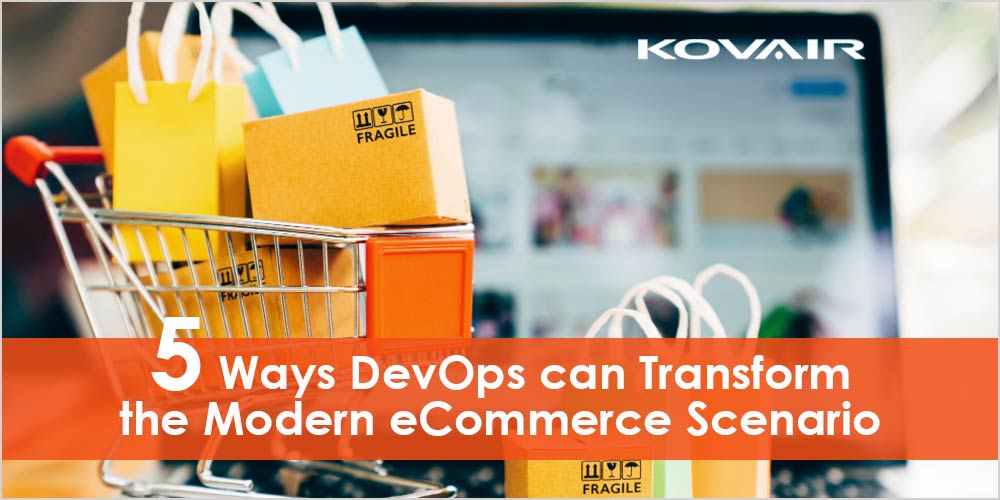DevOps to accelerate the Agile Process
In today’s fast-paced world, organizations need to be effectively agile to match the ever-changing market needs and keep it responsive to different consumer demands. While business innovation is largely driven by software in this digital age, it is important for enterprises to ensure the rapid release of application updates to win, serve and retain customers’ needs.
Agile practice of software development brings collaboration between the business and its developers. DevOps provides collaboration between IT operations, developers, and security teams for timely and efficient release of changes and upgrades.
Value-Addition to Enterprises through DevOps Practice
The traditional Software Life cycle process was more of chunks of code modules delivered with long gaps, deployed at a later stage, and deployments that often result in gaps and disruption.
Fig 1.0
Implement End-to-End DevOps
Identifying a proper DevOps platform is the key step to start. Leveraging the Platform which must support VSMP DevOps solution with CI/CD functionality to deploy applications to any platform at any scale and provide complete visibility across the toolchain. DevOps helps organizations in their software applications deployment journey in various ways covering different aspects of the DevOps process. Following are the key capabilities that the platform must have.
- Multiple OS – Can be deployed on any Platform – Windows or Linux. Highly scalable across multiple hosts.
- Multi Database Support – Can work with MongoDB, My SQL and SQL Server.
- Project and Release – The platform provides complete isolation of the Pipeline through other projects. Allows to define, run and monitor your releases through a task-based DevOps pipeline
- Containerized – The platform is Docker enabled, which can be managed through Kubernetes or OpenShift.
- Build and Deployment Automation – Ability to continuously build and deploy processes through 3rd party tools or plug-ins and custom routines. Provides centralized governance and control for every deployment
- Manage pipelines from handheld devices through e-mail
- Manage parallel and sequential tasks with optional pre & postconditions for every task
- YAML – Supports Pipeline-as-Code. Can convert Pipeline to YAML and vice-versa
DevOps deployment Models
When choosing a DevOps tool, the primary point of consideration should be deployment model support. The platform should run seamlessly on a public cloud as well as on-premises or in hybrid mode.
DevOps Solving Practical Scenarios
Four broad level use cases that the DevOps platform should cater to:
DevOps beyond CI/CD Process – ready for the Next Generation
A DevOps Platform provides two key core aspects – Continuous Integration and Continuous Deployment
Continuous Integration (CI) is a key benefit of agile development and DevOps processes. In this software development process, continuous integration is the practice of merging all code files from all the developers to a central repository, after which automated builds and tests are run.
Continuous Delivery (CD) is the practice of regular delivery of applications (under development or changes) to QA and Operations for validation and potential release and deployment to customers.
Prior to the CI/CD and release pipeline, there is a large pre-processing of data across tools. Figure 2.0 below shows a DevOps platform that connects to an ESB that provides a unified flow of data from Epic, User Story, Code, to Test Automation.
Opting for a platform that is well connected to an ESB will leapfrog the power of the platform. The power of ESB-connected tools from the various domains such as ITSM, ALM, Security, Release, and Deployment enhance the DevOps capabilities.

Fig 2.0
Conclusion
In the recent agile world, there are hundreds of marketplaces and there are plenty of tools available to help you in the DevOps journey. But, choosing the right one is a real challenge. End-to-end automation requires the entire work to flow unimpeded through multiple tools and teams.





